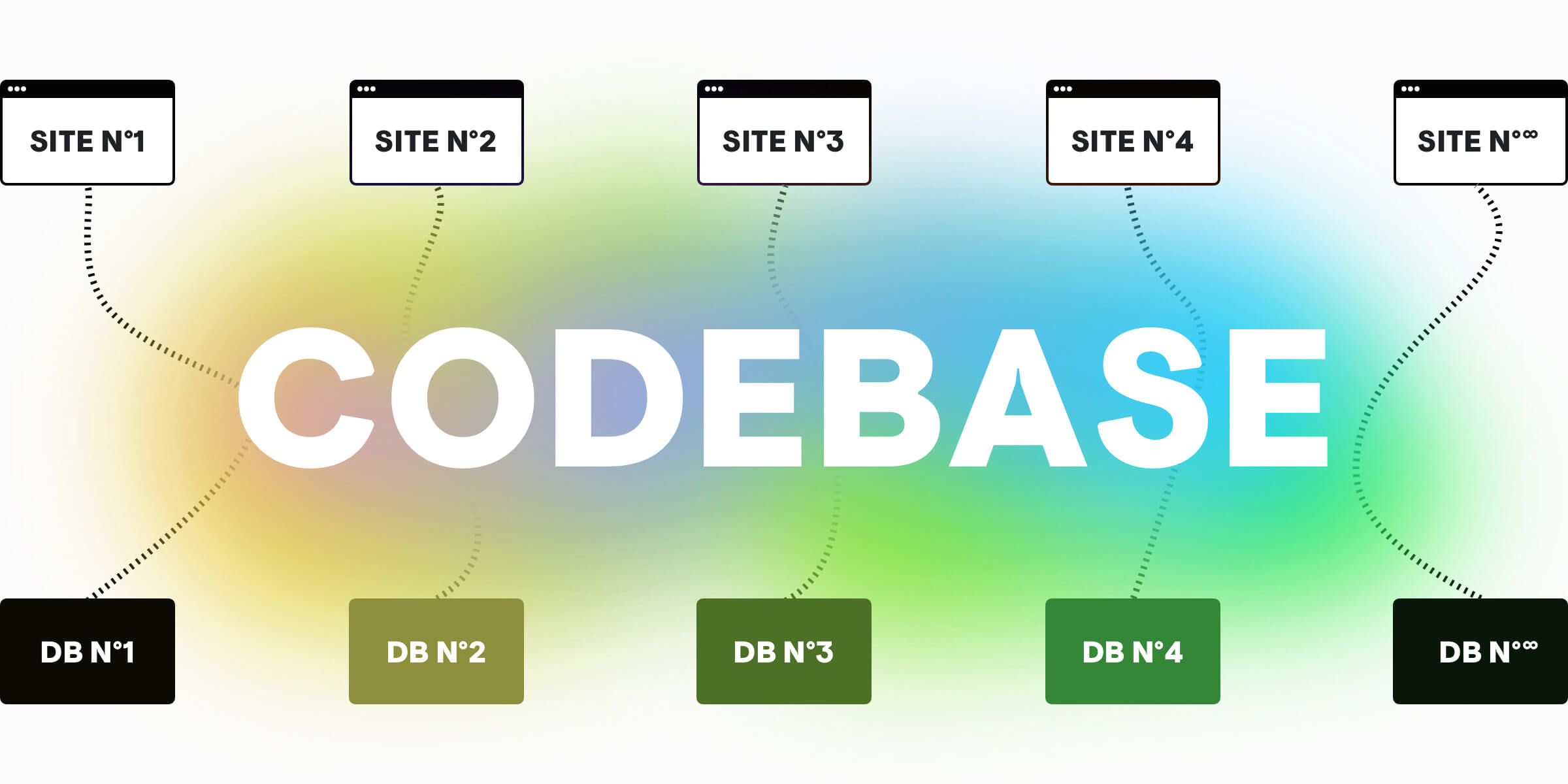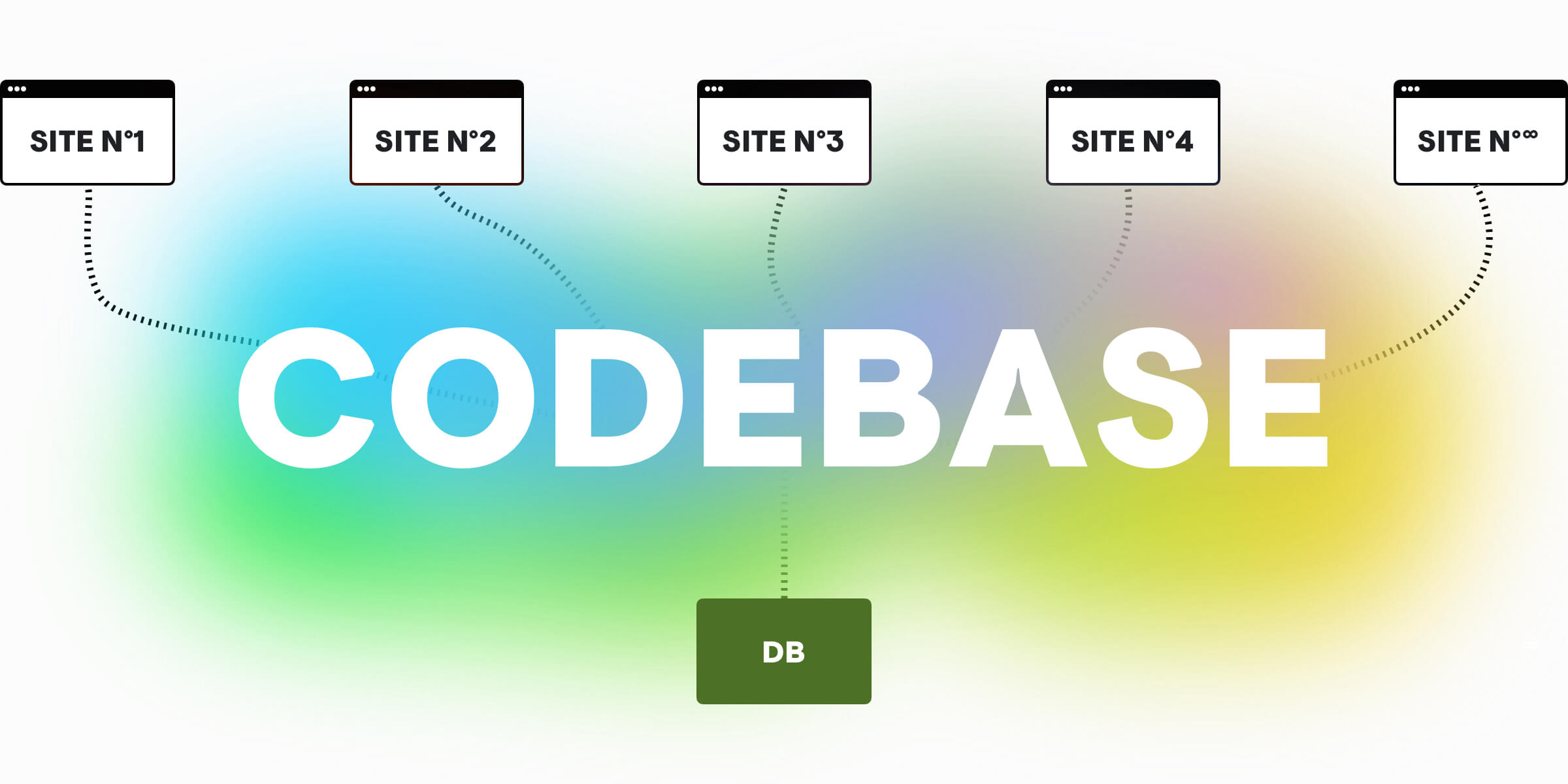
Maintaining an online presence often forces companies to build multiple websites, with a site for each brand, product, or country. Keeping up with several websites at the same time can quickly turn into an expensive, time-consuming effort.
Drupal provides various choices for Clients to manage multiple sites. Of course, each solution has its pros and cons and it requires careful consideration from businesses to figure out which one is the best for their needs and objectives.
The pros and cons of any multisite setup
The primary reason for using a multisite setup is to save time, and using such architecture can significantly reduce costs and effort on many different levels. However, there are requirements and limitations which should be respected. Otherwise, managing and maintaining the website can quickly become a huge burden both for your team and the developers.
Pros
- The development costs for multiple sites can be significantly lower when using the same architecture and the same set of functionalities
- Website maintenance can be way easier and more budget-friendly as only one codebase has to be maintained
- By having the same functions, workflows and admin user interfaces for all websites, administrators and content editors can familiarize themselves more easily with the sites and it is also easier to provide adequate support to their work
- Having the same structure, layouts and features can help maintain a consistent branding
Cons
- The complexities and potential problems of developing and managing a multisite setup requires more advanced technical skills and experience, so you have to opt for the right team to partner with.
- Consistent branding can cause difficulties and inconveniences when you would like to differentiate between websites.
- Consistent functionality is also important, when you would like to have some features on one site (e.g a webshop or a quiz) and some others on the other one, it is way more practical to create entirely separate websites.
- Because of using a single codebase, multisites create a single point of potential failure. One error on one site might cause all the sites to go down. Careful testing and an elaborated release management process are important.

Is multi-site architecture the right choice for you?
To sum up the above mentioned thoughts, be sure that you can stick to your decisions for years. If you are insecure about saying yes to the questions below, multi-site architecture might not be a good call for you. Feel free to reach out to us in case you don’t feel confident and let’s talk about your preferences, goals and way of working so that you can make the best decision.
- Will your websites have the same features and can you restrict yourself and your team to a standardised functionality for all your sites in the upcoming years?
- Will all the websites follow very similar brand guidelines and will you have the capacity and consensus to keep them consistent along the years?
Let’s see some popular options and when to choose them.

Drupal Multi-site Architecture
In this case, the individual websites share the same codebase, but each website has its own database so they do not share content, configuration, or settings. Each website can also have some extra modules / themes under its own subdirectory in the same codebase. This setup allows for more differences between multiple websites and is mostly useful for sharing code (core, modules and themes) across them.
Content and users are autonomous, so this option is better when the editorial teams are working independently of each other and when it is not necessary to reuse content across the sites as that can be solved through more complex solutions.
Although some degree of customization is possible, because each site has its own configuration, and it can have its own custom theme and modules, too much differentiation can rapidly increase the risk of technical debt in the architecture that was meant to maintain similar sites. Actually this is one of the greatest risks of a multisite setup, because if sites start diverging in functionality, it makes no sense to keep maintaining a single codebase.

Drupal Multi-domain Architecture
This architecture consists of a single codebase and single database. Via Domain Access, a set of modules specifies which pieces of content belong to a particular site, or are shared across some or all of the sites. For sure, this requires less development effort both for spinning out new sites and for website maintenance. This can be very cost effective, however this solution is less flexible and more restrictive.
Websites share the same database and that not only means a single backup but makes it very easy to share content across sites. This solution comes very handy when the editorial teams are responsible for managing multiple sites and when the content is to be reused across more websites.
To sum up, a multi-site setup makes sense if sites will share content and/or users, and if all of the sites will have the same functionality, content types/data structures, and will only differ in limited configurations or theme variations, as in a family of affiliated sites. This approach can be very practical as only one Drupal installation has to be kept up to date. But it is important to do so, because if the Drupal is insecure, all sites are vulnerable.

Drupal distributions
If you check Drupal.org, you can see a quite good summary of what Drupal distributions are: “Distributions are full copies of Drupal that include Drupal Core, along with additional software such as themes, modules, libraries, and installation profiles. There are two main types of Drupal distributions:
- Full-featured distributions: complete solutions for specialised use cases.
- Other distributions: quick-start tools, starting points for developers and site builders.”
Distributions can be useful if you would like to deploy multiple independent websites but would like to reuse the same set of base modules or themes. This can significantly reduce development time and effort. However, there can be some downfalls too. They can include modules that aren't useful to you, following industry standards, being actively maintained. Distros can also decide to remove a module which could negatively impact your sites and any modules you have built upon it.
All in all, well-maintained distributions are rich in features and you will never have to worry about individual updates for each module as all you need is to update the distribution itself where all modules and features are integrated, tested and updated together.
Share with your friends!